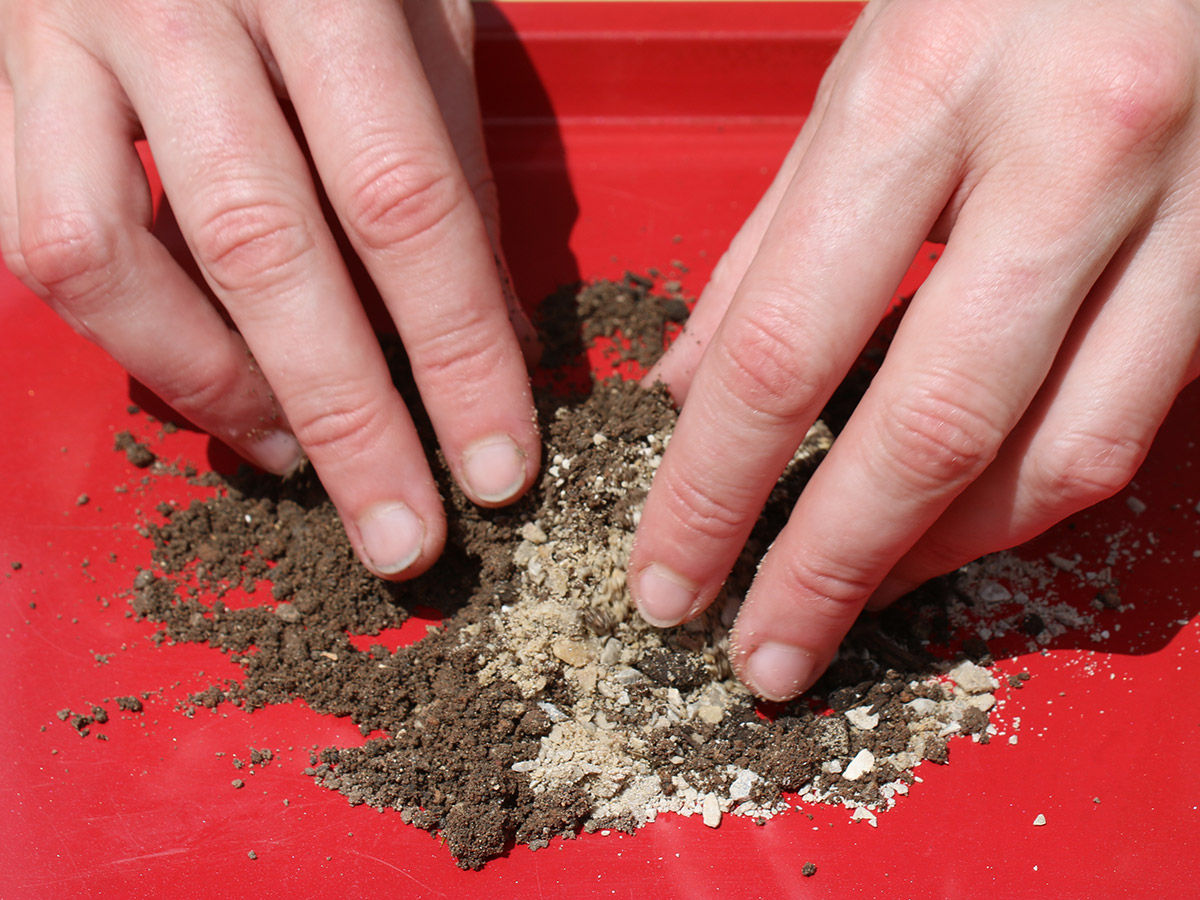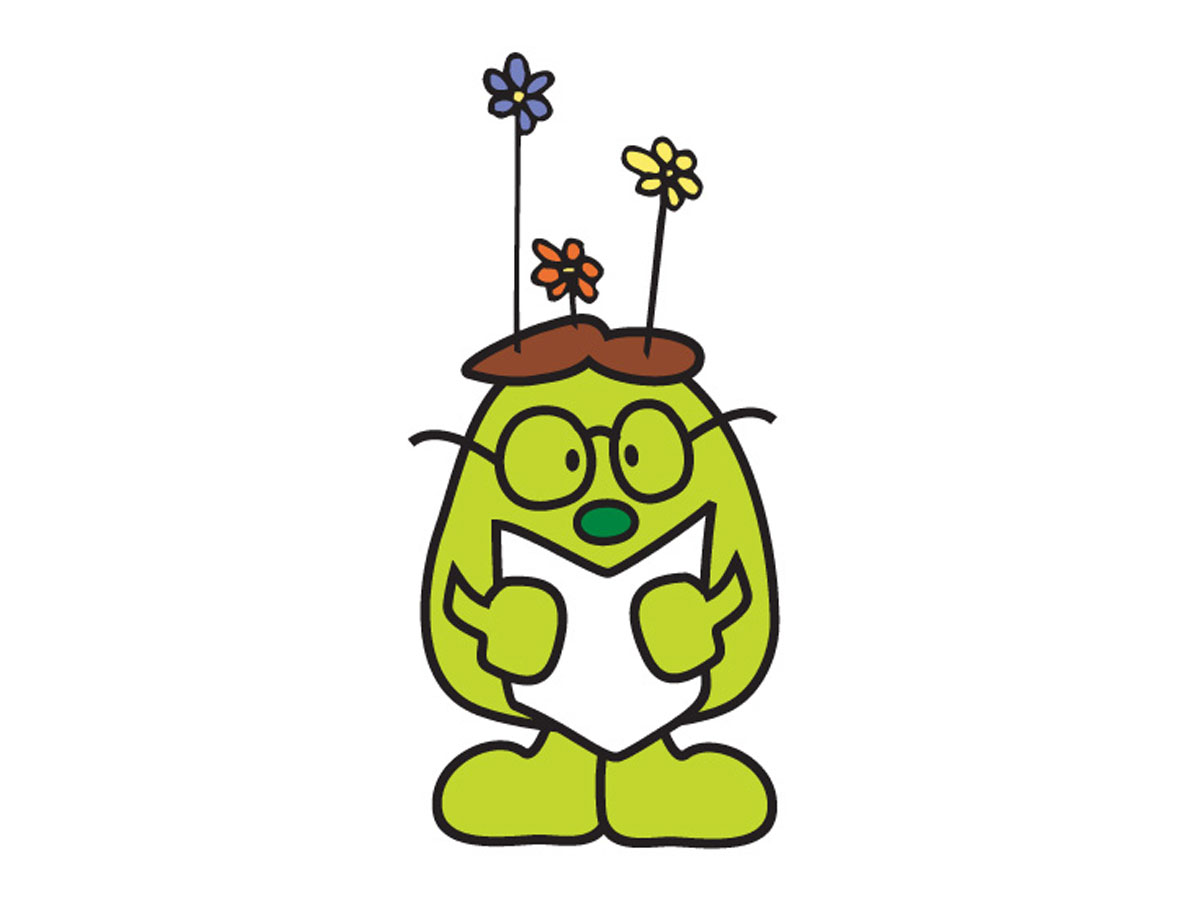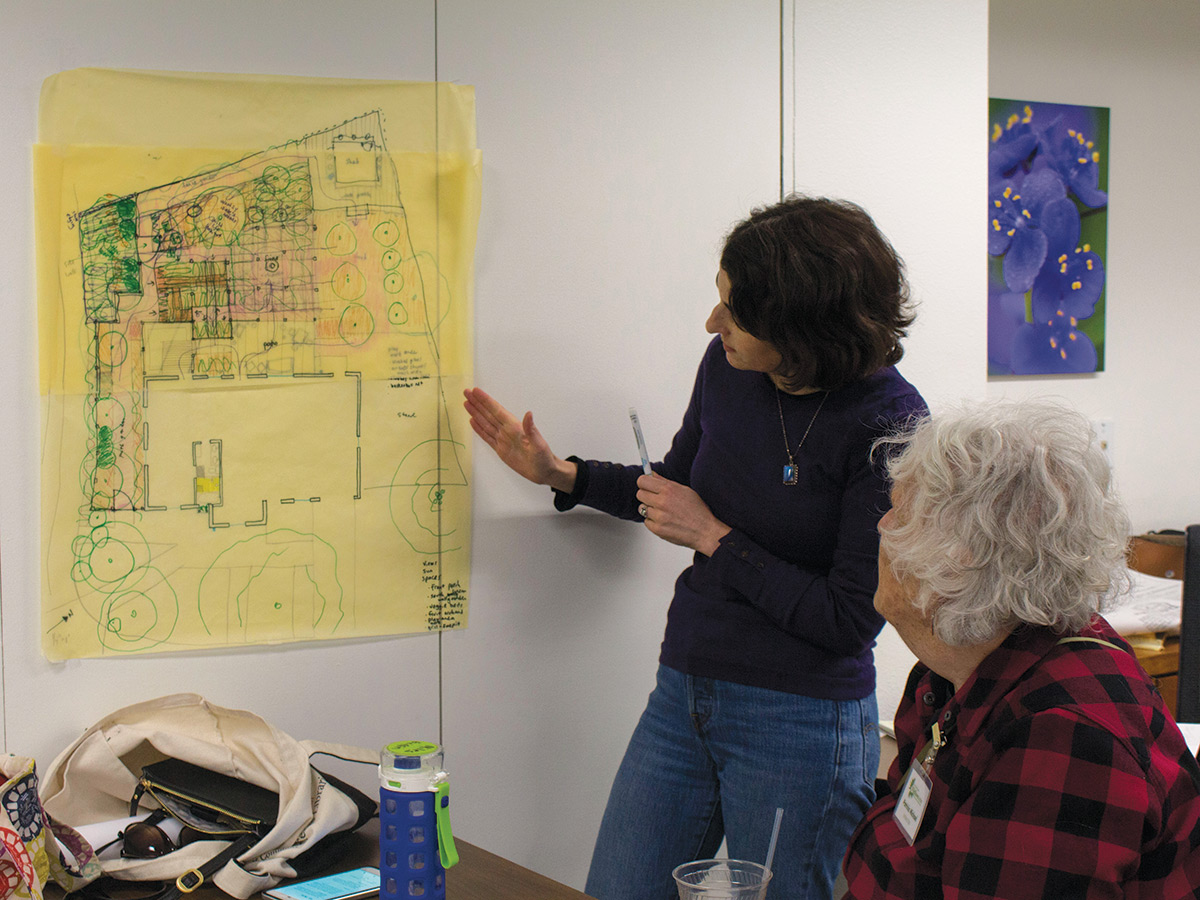Make a Butterfly Garden
The Pollinator
While they do evoke lovely images of graceful, jeweled wings, a butterfly’s contribution goes far beyond its good looks. They contribute to regional ecosystems by pollinating the flowering plants that desperately need this service to survive. Pollination – to transfer pollen from an anther to the stigma of a flower – is an essential part of a balanced environment and needed equally by both plants and butterflies. In any given locale, the butterflies adapt to their native surroundings, evolving in tandem with plants and creating a unique butterfly-plant relationship.
Unfortunately, butterflies face tremendous barriers to their survival, posing threats to entire ecological communities. One of the most eminent threats to pollinators is the systematic destruction of their habitats when wilderness becomes developed for human existence. As pollinators’ resources are displaced, butterfly gardens are an aesthetic methodology for re-establishing the butterfly’s habitat.
Creating a Butterfly Abode
Because butterflies and plants depend on each other for survival, using a wide variety of native plants is imperative. David Herlocker, naturalist for eNature.com, explains that butterflies exhibit inclinations regarding which plant they use for feeding, laying eggs, and settling in for a rest.
“I cannot stress enough that nectar plants for adult butterflies are entirely different than the host plants sought by larva for food,” Herlocker advises. “Food-source plants for the caterpillar are quite specific to species as well as region, while an adult butterfly might usurp nectar from any alluring, flowering plant. The adult demonstrates her finicky side instead when choosing where to lay her eggs.”
Thus, the real challenge is figuring out what of the region’s offerings these very particular insects prefer. “A diverse plant population native to the region is a start,” continues Herlocker, “but truly understanding your region and the species’ preferences within that vicinity will help generate an attractive and nourishing offering.”
Joanna Karges, president, Tarrant County Butterfly Society for the North American Butterfly Association, underscores the importance of shape, color, and fragrance of the flowers when selecting a plant for a butterfly garden. She explained that there are general features to keep in mind while also considering what is regionally appropriate:
Color Aides
Among other things, butterflies are guided to the nectar source by colors and patterns. Thus, choose flowers with bright colors like pink, orange, yellow, and purple (white also is attractive to pollinators). Karges informs that, “Some butterfly species cannot actually see red. Also, do not assume that a brightly colored flower bears nectar. Some types, like roses, do not.”
Flower Form
As it turns out, butterflies are not apt hovercrafts and need an easy place to land without much delay. Flowers originating from a single apex or with large petals (e.g. panicles and umbels) enable quick and easy landing and immediate access to nectar.
“Most composites — such as zinnias or daisies,” adds Karges, “have landing platforms — the rays — so that butterflies can sip easily from the multitude of disk flowers.”
Accentuate With Scent
An aromatic garden will serve as the butterfly’s main attraction — select pungent flowers that are ever-enticing to the butterfly’s olfactic element. Sadly, many new plant varieties are not enthusiastically perfumed, but here are some pleasing options: (Note: These are examples; always investigate first to determine whether a type of plant is native to your region.)
- Asclepias tuberosa (butterfly milkweed)
- Lantana urticoides (Texas lantana)
- Buddleja marrubiifolia (woolly butterflybush)
- Monarda didyma (scarlet beebalm)
- Rudbeckia hirta (blackeyed Susan)
- Echinacea purpurea (eastern purple coneflower)
Sizing Things Up
Envisioning your design will tap into your individual style and depend on how much space you have to dedicate. Perhaps the window box is enough to start; or you may opt to transform that wild patch out back into a monarchial playground. Sometimes blossoms we call weeds (e.g. dandelions) may be attractive to different butterfly species. Therefore, do your research before you swap a wild patch for a structured garden – you may have better luck working with what is already present.
Blueprints
When planning your butterfly garden, these guidelines are essential:
- Determine the butterfly species in your region and select native plants that will attract these species.
- Be mindful to give your visitors plenty of sun, yet also provide protection from wind and rain.
- Ensure that both diverse adult nectar plants and a variety of caterpillar host plants will be present in your garden.
- Place plants that bloom simultaneously together (easier to spot plus more visually pleasing).
Damage Control
At any given stage in a butterfly’s development (egg, larva/caterpillar, pupa, and adult), they face environmental threats. For example, a caterpillar’s arc enemies (wasps and flies) feed the unsuspecting larva their young. Ants, birds, and spiders also pose a threat to caterpillars while bats and reptiles are more likely predators of fully developed butterflies.
As one would expect, pesticides used to counter these culprits are detrimental to pollinating insects. The caterpillar is in greatest peril from insecticides, though resting on insecticide-treated surfaces also can kill adult butterflies. While choosing less potent sprays and using only sparse quantities helps, if you can avoid chemicals completely, do so.
Sit Back and Watch
Butterflies are flying wonders. Observing them dancing with the plant-partners you’ve provided as hosts will bring endless satisfaction, as will the contribution you are making to your region’s ecosystem. While you recline on a lazy afternoon to welcome your new patrons, you will observe butterfly behaviors only an attentive eye can catch. For example, did you know that flying insects “puddle” by usurping fluids from wet soil to obtain water and nutrients? You’ll also be thankful for sitting areas about your garden while you witness a fussy female choosing the perfect spot for egg-laying; butterflies sunning under the bright morning rays, and territorial males defending their turf. Making the choice to create a natural habitat for butterflies, like all of nature, has a chain effect. The benefits of your garden will extend to other wildlife, broadening the scope of preservation and aid to nature.
How-Tos
Increase your skills and knowledge with these pro tips from our experts
Mr. Smarty Plants
10,000 answers to your gardening and plant questions
Classes & Programs
Participate in one of our popular educational programs




